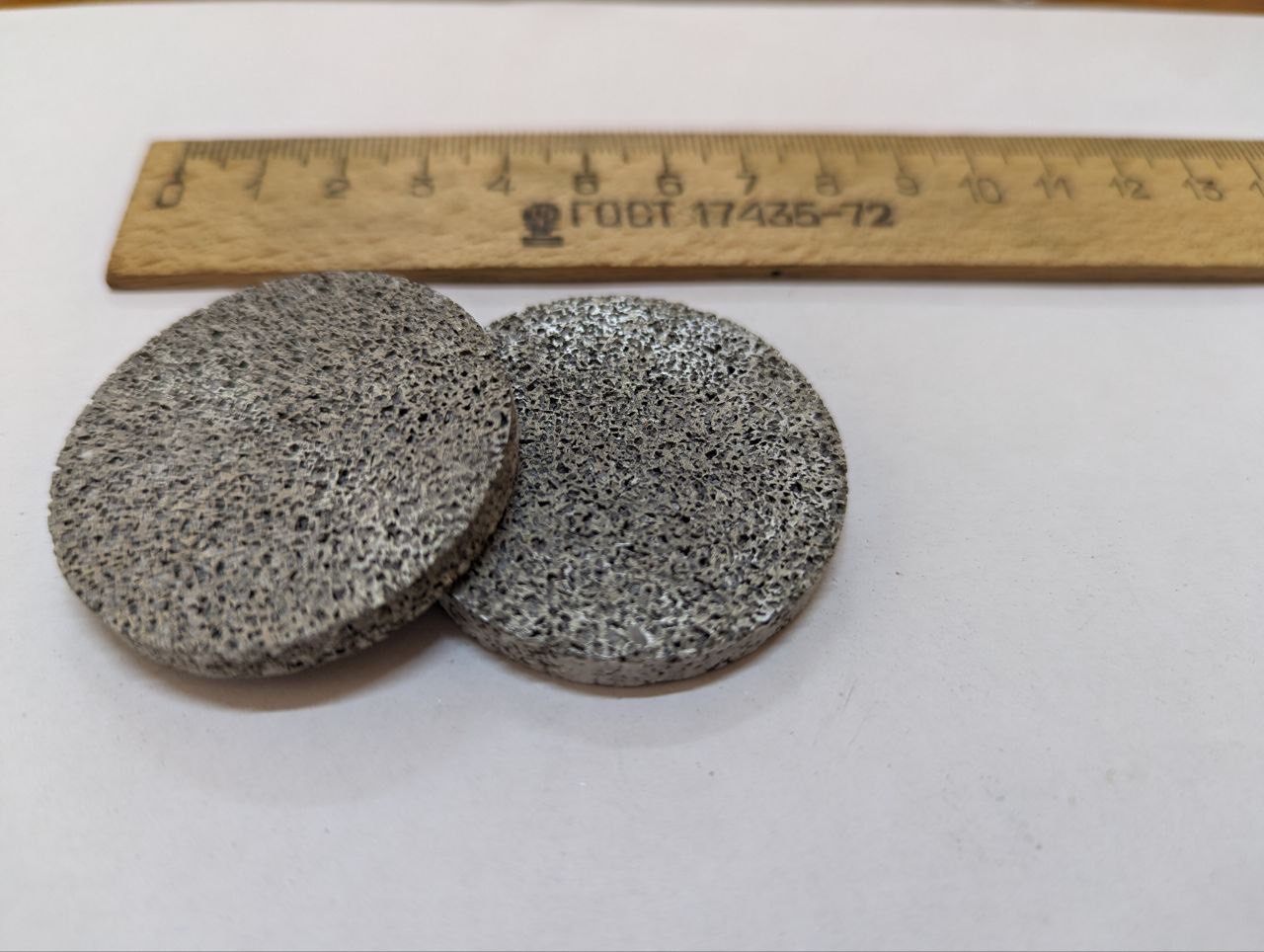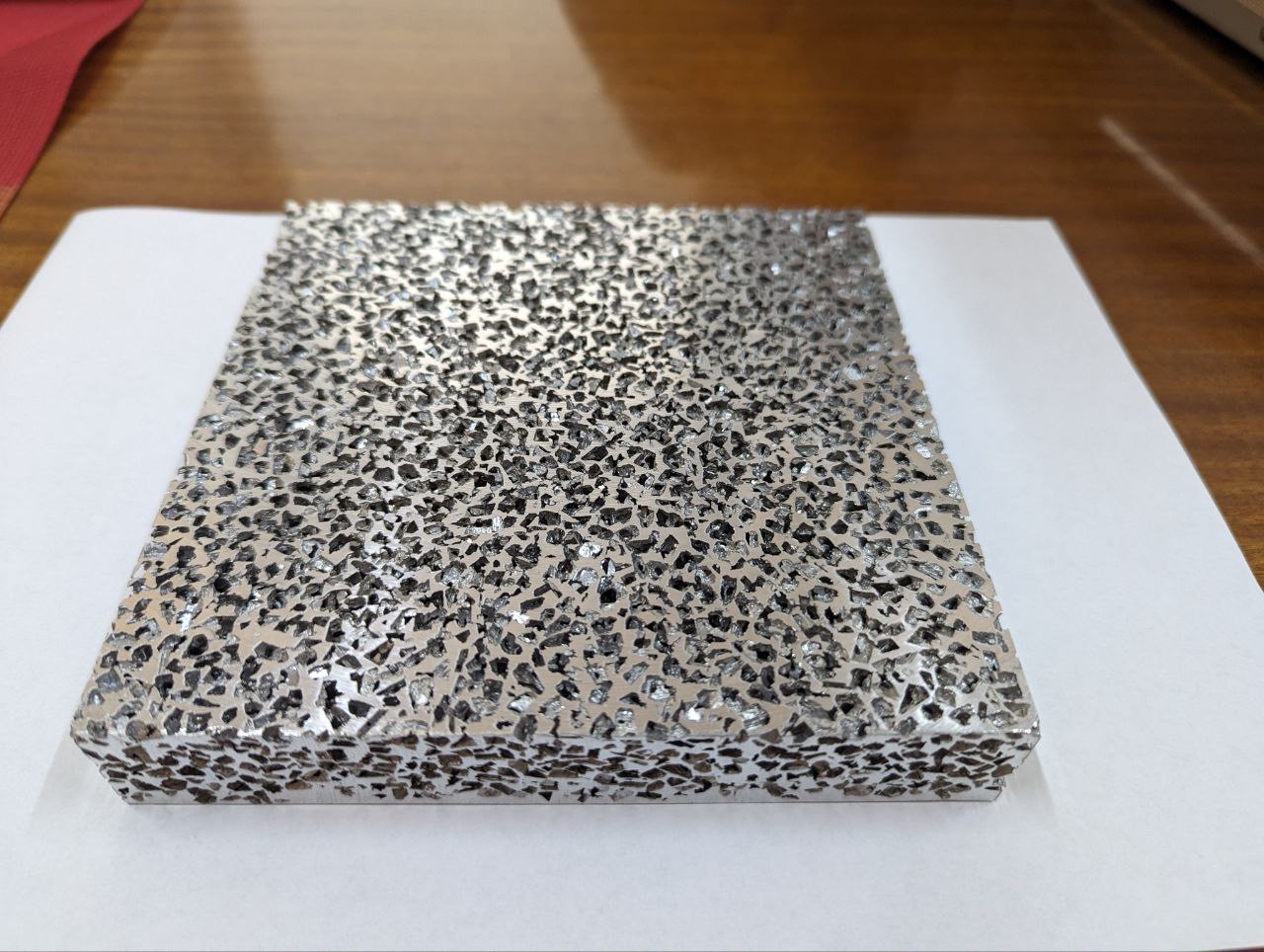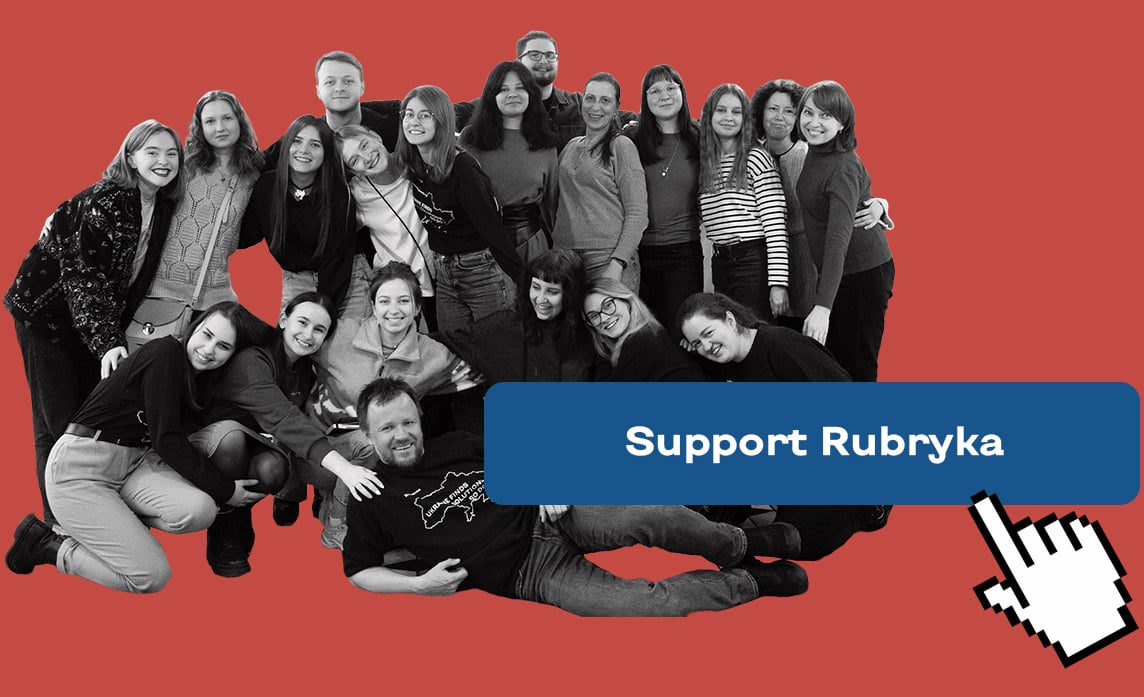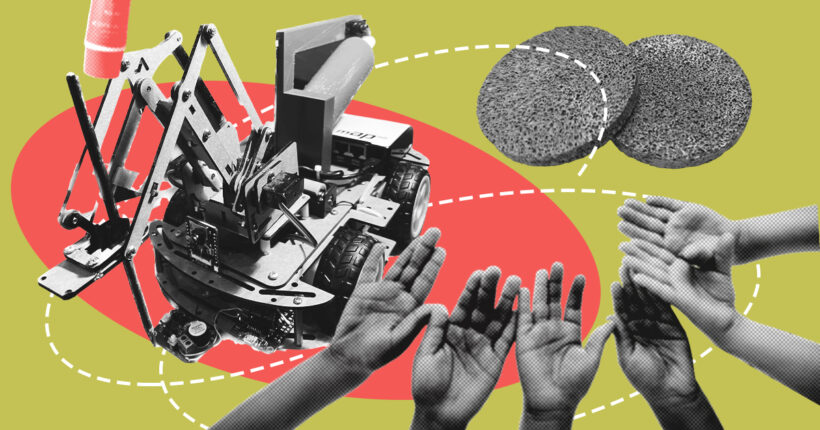
What's the problem?
Demining operators in Ukraine use advanced technologies at various stages of their work. Much of this equipment is provided by international partners. However, according to government officials, this is not enough. To speed up the demining process, Ukraine needs not only to adopt foreign innovations but also to develop its own and export them globally.
Yet, this effort faces a major challenge: Ukraine already struggles with a shortage of technical specialists who can develop and execute such ideas.
What's the solution?
Earlier, we wrote about strategies countries employ to engage youth in science. One practical approach involves introducing STEM systems and rethinking curricula, placing a stronger emphasis on practical learning.
Promoting technical careers and presenting science as something exciting and full of potential can help draw young people into these fields.
Stanislav Dovhyi, President of the Junior Academy of Sciences of Ukraine, told Rubryka that his organization has created an ecosystem of competitions, scientific events, and workshops to achieve this ambitious goal. This initiative offers students opportunities to present their ideas internationally or develop startups in business incubators.
Some of these student ideas, including concepts for demining Ukraine, have already been taken up for further development. However, due to security concerns, details of these projects cannot be disclosed as they involve "sensitive innovations of strategic importance to Ukraine."
"I observed that children are most interested in topics like digital technologies, environment, healthcare and disease treatment, and everything related to the full-scale war," says Stanislav Dovhyi.
Young people are eager to contribute to building a free and innovative Ukraine. Here are the stories of teens already creating projects to bring that vision closer to reality.
How does it work?
"I chose this topic because it's important for the country"
Seventeen-year-old Roman came up with the idea for his science project spontaneously. Reading the news, he often came across articles about foreign partners sending demining machines to Ukraine.
"These machines are designed not to be durable and won't be destroyed from detonated mines. But they're also enormous and can't handle smaller areas. Plus, they're costly," Roman explains. That's when he decided to try creating an alternative that would be cheaper and more compact.
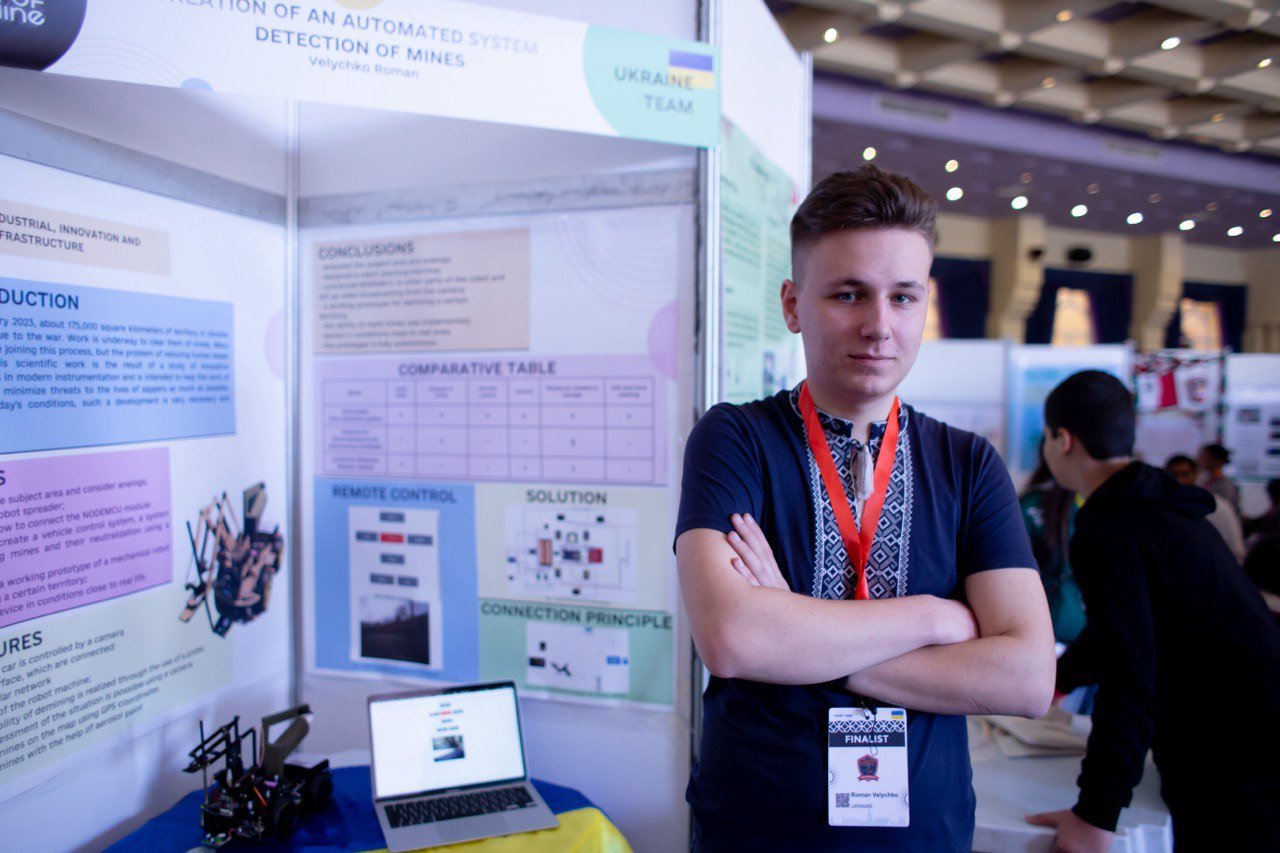
Roman Velychko. Photo courtesy of Roman
Roman spent nearly six months developing a prototype, constantly adding new features. His first creation was a robot controlled via a cellular network. He says it's similar to remote-controlled toy cars but can detect mines using a metal detector and a camera with built-in artificial intelligence. Later, he added features like marking mined areas with spray paint and saving GPS coordinates.
"The robot uses a unique cellular connection with encrypted access. It can be remotely controlled, and mine detection data is transmitted online. It can also operate autonomously by following a programmed path across a field," says Roman.
Roman envisions multiple robots working together on a field. They would scan areas, locate mines, mark the spots with paint, and record GPS coordinates for operators to manually neutralize the explosives if necessary.
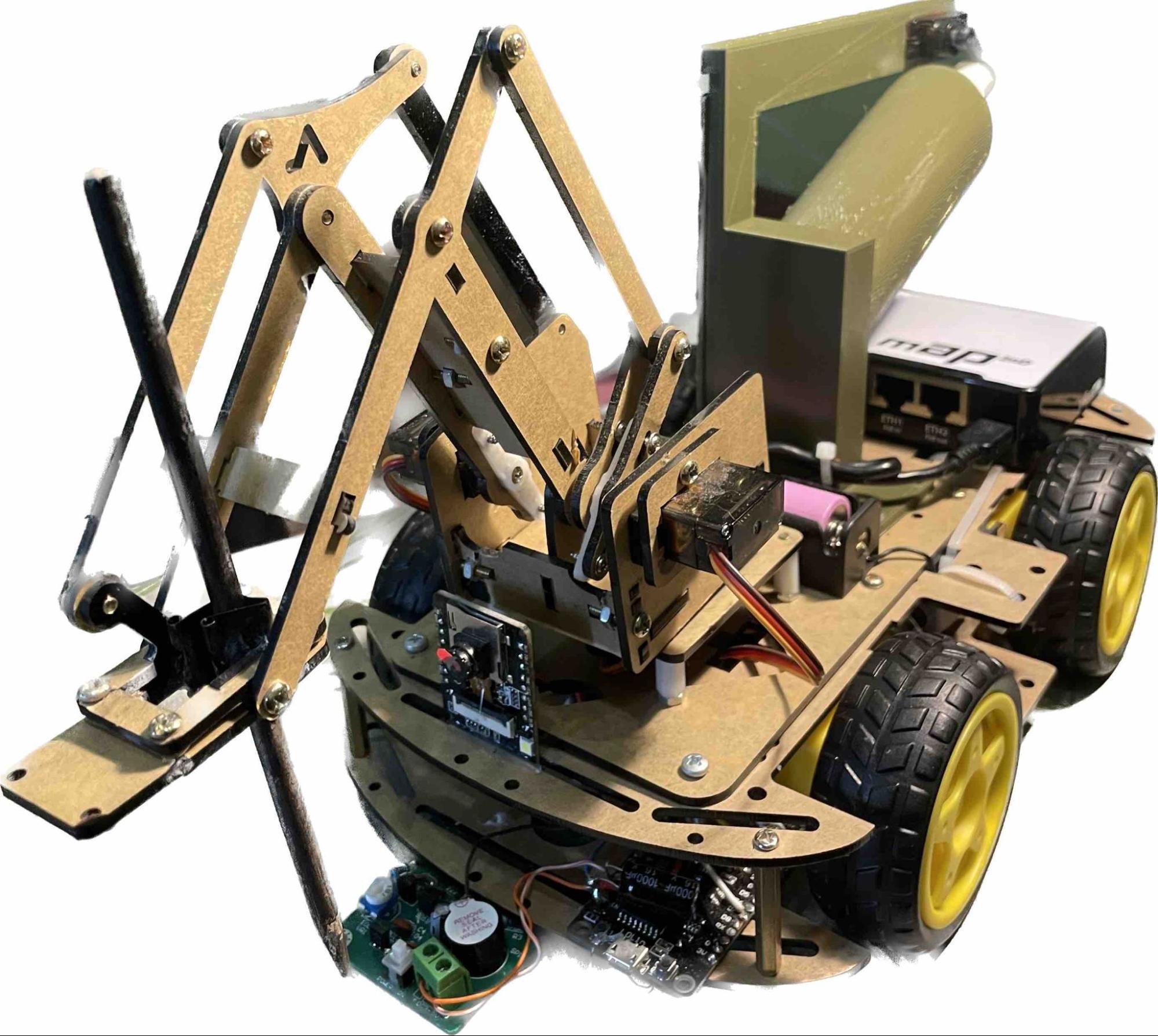
Prototype of the system. Photo courtesy of Roman
The robot can also pierce the ground to detect mines that metal detectors or cameras might miss, such as plastic mines. Currently, deminers locate these by manually digging through the soil.
"In the future, I plan to create a master/slave system. A primary, more advanced robot equipped with a metal detector will work alongside smaller, simpler robots designed to pierce the ground. The smaller robots are intended to detonate on impact," says the young scientist. He believes this system will be faster and safer.
So far, Roman has tested the prototype at home using metal cans, as working with real mines is too dangerous for a beginner. Still, he believes the project has excellent potential and could remain relevant even after the war. However, he'll need a team and funding to bring it to life fully.
Roman presented his idea not only to Ukraine's junior science academy community but also at the I-FEST international competition in Tunisia, the largest of its kind in Africa. He showcased the robot's military and civilian applications, such as its potential for locating precious metals.

Roman with Ukraine's Minister of Education and Science, Oksen Lisovyi. Photo courtesy of Roman
"For me, it was unbelievable. I couldn't believe it when I was invited. Talking to people from other countries about a topic I'm passionate about was amazing," Roman shares.
Roman is now studying electronic communications and radio engineering at Lviv Polytechnic University. He first tried building projects independently at age 10, inspired by YouTube videos and his father, who works in IT. He plans to continue developing his ideas, saying this field fascinates him as someone who "grew up in this environment."
"A negative result is still a result"
Anastasiia's love for science began in childhood. After the full-scale invasion of Ukraine, she channeled this passion into something practical and meaningful.
"I wanted to help the country in a more practical way, to do something useful. At the time, I was in the 10th grade, and it seemed like the best way for me to contribute," she recalls.

Anastasiia Minitska. Photo courtesy of Anastasiia
The idea Anastasiia came up with was unconventional: to help sappers protect themselves during demining operations while keeping the protective gear lightweight.
"Logically, strong protection is usually heavy. My goal was to create something better, a compromise — an ultra-lightweight meta polymer made with porous aluminum and a polymer (a special compound). There were so many ideas about how to achieve this and which materials to use, but I wanted something innovative and genuinely useful," the young scientist explains.
Anastasiia's prototype material combines strength and lightness, making it ideal for additional anti-mine protection or as a portable shelter for sappers in the field.
A Ukrainian company provided the porous aluminum needed for her samples, and Anastasiia conducted the experiments in a lab. She fondly remembers it as an incredible experience — her first time seeing advanced microscopes and specialized equipment she hadn't known existed.
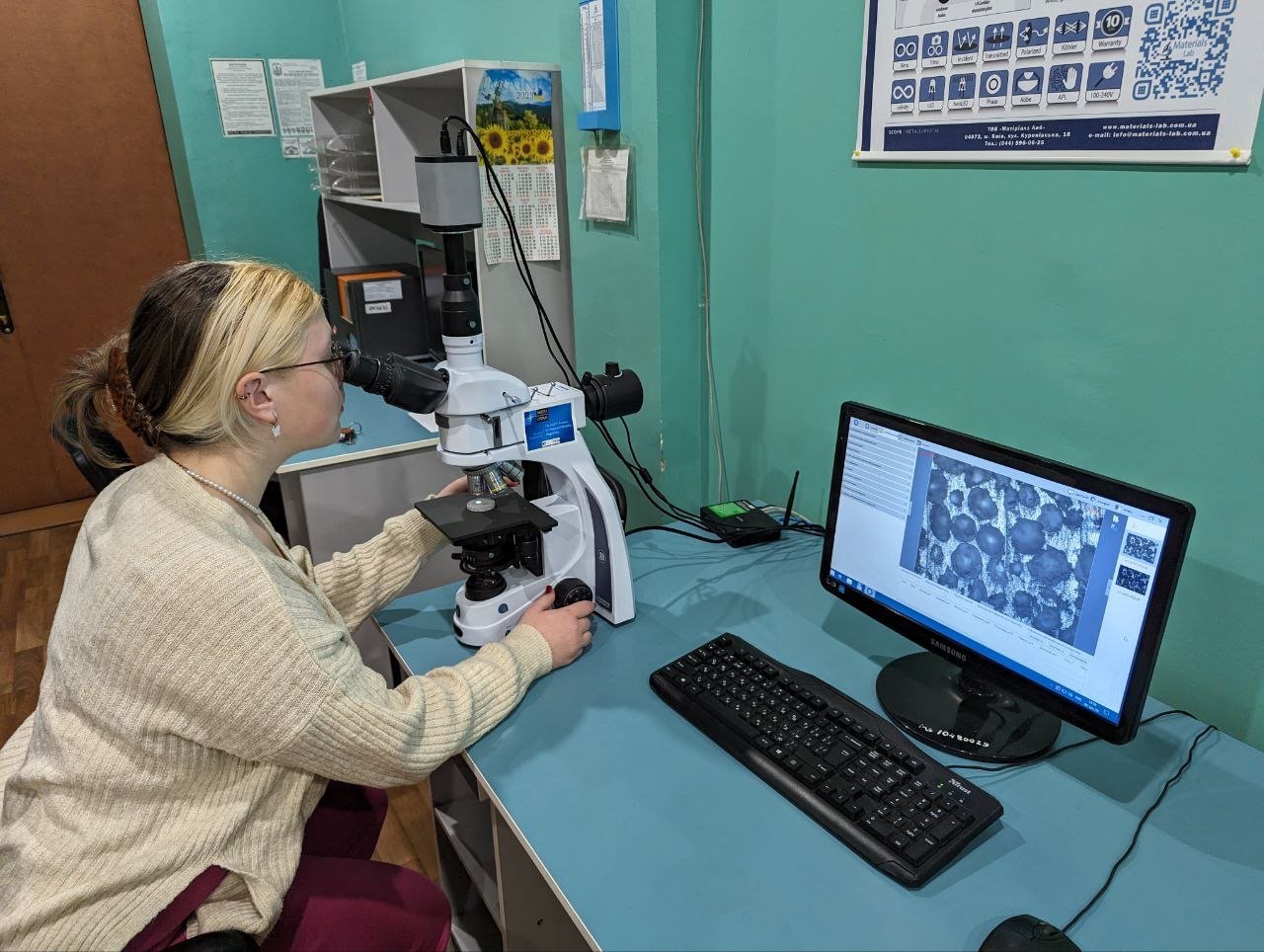
Working with a microscope. Photo courtesy of Anastasiia
"The hardest part was when the experiments initially failed," says Anastasiia. "My scientific advisor and I tried different polymers; one worked, but the other didn't. We had to figure out why and try different approaches. Preparing to present my work was also challenging — organizing the results, grouping them, and explaining everything clearly."
Despite the difficulties, Anastasiia believes it was all worth it. We spoke just a few days after her return from Taiwan, where she represented Ukraine as part of a delegation at the KIDE international exhibition. She jokes that the experience was a pleasant reward for her hard work.
Many visitors at the exhibition were interested in Anastasiia's project and exchanged contacts with her. "I think for many of them, it was their first time interacting with a Ukrainian delegation. Everyone was understanding, asking about the situation in Ukraine, our families, and how we're managing to study under such conditions," she shares.
As for her project, Anastasiia plans to continue working on it. She hopes to conduct experiments involving real explosions and explore combinations of other materials.
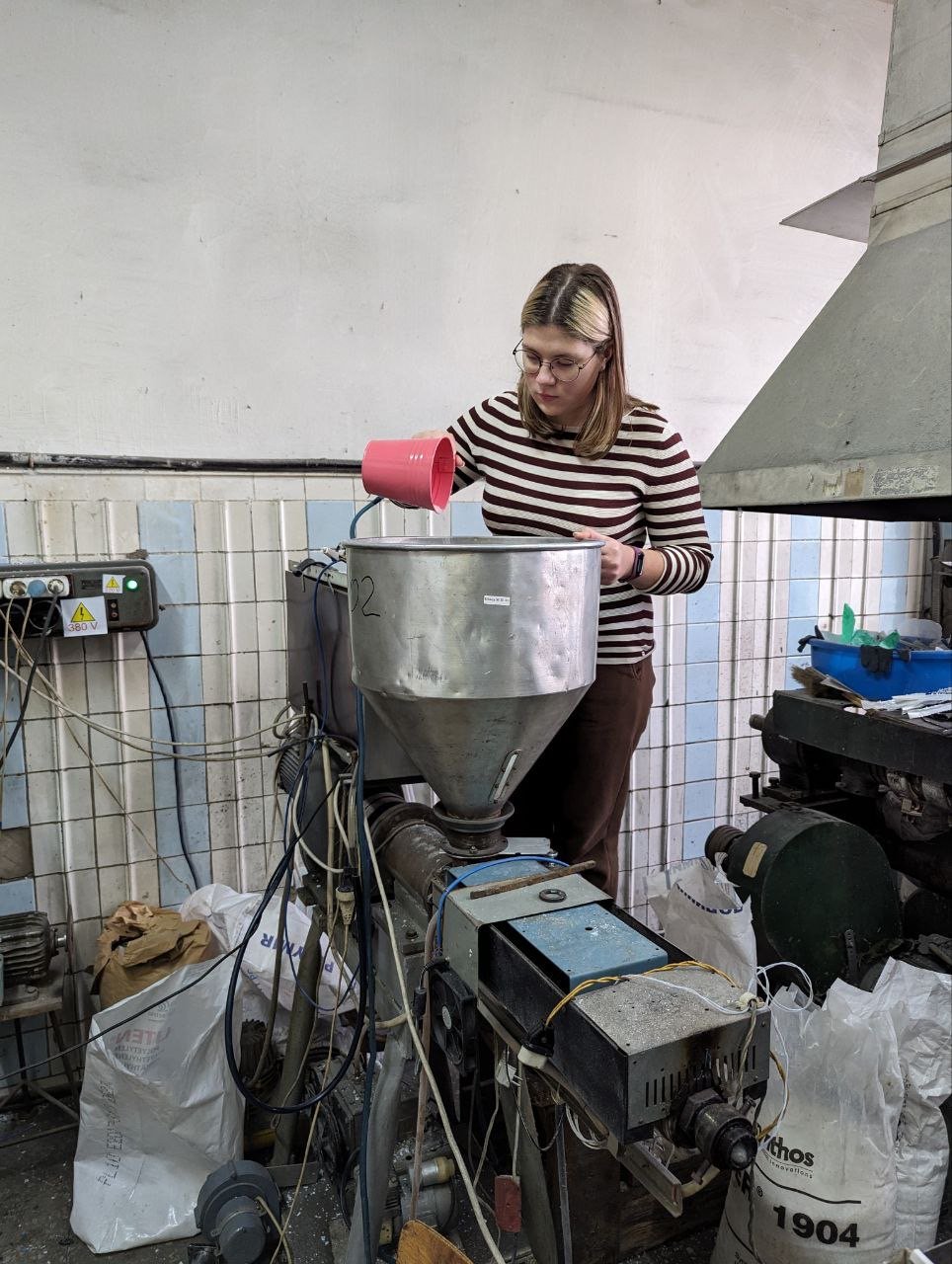
The inventor at work. Photo courtesy of Anastasiia
Currently, Anastasiia is balancing her scientific pursuits with her studies at Kyiv Polytechnic Institute, where she recently enrolled in the Cybersecurity program.
She jokes that her interest in cybersecurity started after watching James Bond films. The young student imagined herself as a specially trained professional protecting state resources, and she thought, "This is it."
Anastasiia advises other young scientists to persevere through challenges, big or small. "I kept hearing that a negative result is still a result. At first, I didn't believe it, but then I realized it was true. No matter the outcome, it's a result. You can explain it and turn it into something valuable. Even if something doesn't work out, you can share your findings to help others avoid the same mistake. That's also a form of helping," she says.
More opportunities for teen innovators in Ukraine
The Junior Academy of Sciences also offers Ukrainian teenagers interested in STEM these opportunities:
- Ukrainian Future Business Incubator: A space combining coworking areas, a prototyping lab, and a materials library. Experts help young entrepreneurs start and grow their business projects.
- Futurum: A children's academy where students aged 6–12 work with scientists to conduct chemical experiments, study cells, and explore the structure of the Earth. The academy offers programs, courses, and lectures.
- Science Museum: Ukraine's first interactive science museum where kids can explore science hands-on. A second permanent museum has opened in Chernivtsi.
- MANLab: One of Eastern Europe's largest student labs, where kids can become experts in 3D printing, telescope assembly, and artificial cell creation.
- Ex Lab: A modern facility offering educational labs, scientific support for student research, and access to new knowledge through experiments in chemistry and biology.



